What can you plant next to garlic?
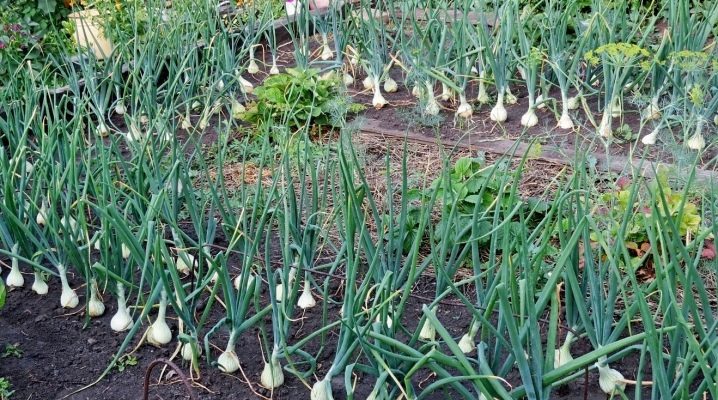
Experienced summer residents know that the location of the plant in the beds must be planned in advance. This allows you to be sure that crops will not oppress each other, and also contribute to faster and more efficient growth. For this, crops should not differ in the requirements for watering and soil acidity, so that they can develop at the same time. In addition, it is extremely important that plants do not suffer from the same diseases, but, on the contrary, represent a natural barrier against their negative influence.
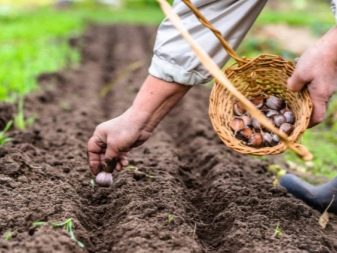
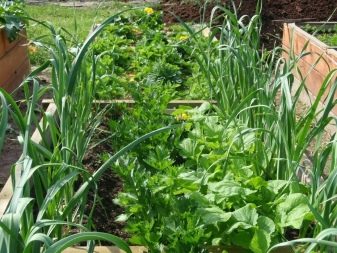
Can tomatoes be planted?
Tomatoes are one of the many crops that do great with garlic. A distinctive feature of this vegetable is that its presence provides reliable protection of tomatoes from pests such as spider mites and whiteflies. In addition, the proximity to garlic is also beneficial in that the level of active rust, which is the main problem of this crop, is reduced.
Experienced summer residents note that the presence of tomatoes nearby can significantly reduce the likelihood of garlic contamination with scab. In order to get the maximum yield and ensure good growth for both crops, it is necessary to place the garlic at a distance of at least 50 cm from the tomatoes. In this case, planting can be carried out both in greenhouse conditions and in an open area.
The active ingredients found in tomatoes contribute to the fact that the heads of garlic become larger.
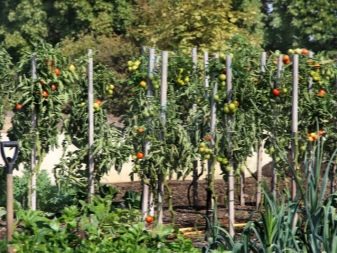
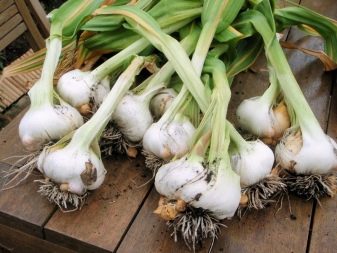
Planting cucumbers
It should be noted that not every summer resident decides to plant cucumbers next to the garlic. The fact is that opinions about the positive influence of cultures on each other differ. Some suggest that not only will there be no benefit from such a planting, but the completely opposite effect can be achieved. Because of the effects of garlic, cucumbers begin to grow too slowly, which negatively affects yields.
Others argue that the presence of garlic nearby allows you to get rid of bacteriosis on the whips, and this has a positive effect on the ability of cucumbers to grow.
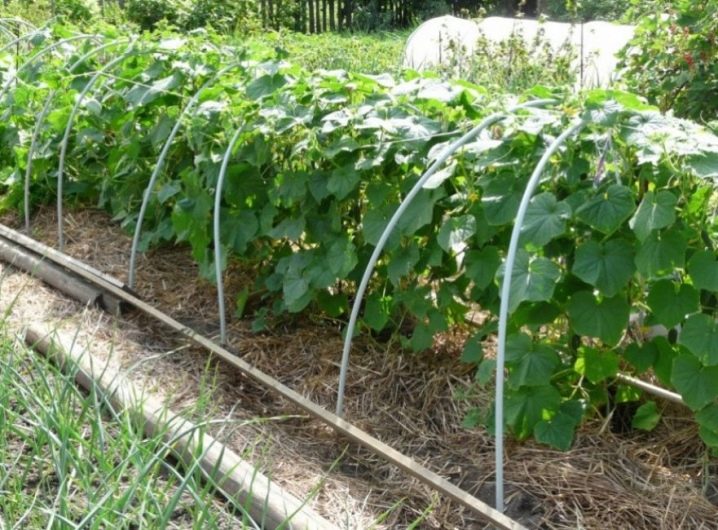
Both of these cures have fairly strong bases, but it all depends on the characteristics of the fit and the use of additional components.
For to get the most positive result, you do not need to plant garlic too close to cucumbers, as this becomes the reason for their slower development.
The most optimal distance is considered to be 50 cm, which is enough for each crop to receive all the necessary nutrients from the soil and not conflict with each other.
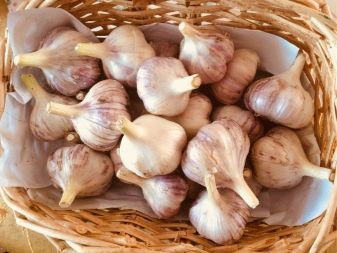
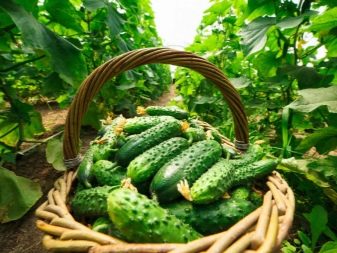
Compatibility with other cultures
Due to the fact that garlic contains a high concentration of biologically active substances, it plays the role of a fungicide in the garden, therefore it can perfectly cope with a large number of infections. This is what makes this culture a great solution for compatibility with others. These qualities of garlic have a positive effect on neighboring crops, providing them with the necessary useful components for strengthening growth and better development.
For example, summer residents often plant potatoes along with garlic crops, because they allow this crop to feel more protected from late blight.If you plant garlic next to strawberries, you can get rid of most of the insects that constantly harm the plant. Very often, this vegetable is next to salad, carrots, which helps protect against carrot flies.
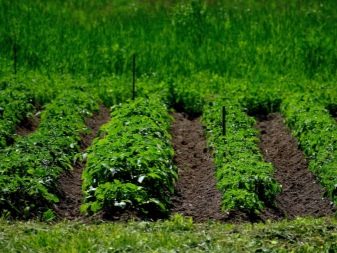

Many summer residents are wondering whether it is possible to plant onions along with garlic. It should be noted that this decision is not competent, since both cultures will interfere with each other, which will negatively affect their growth. In addition, it is best not to plant garlic after onions, as the soil is sufficiently depleted and unable to provide the crop with all the necessary nutrients.
Summer residents note that growing onions and garlic in neighboring beds is an illiterate approach, since both crops come from the same family and are prone to the same diseases, which significantly complicates the process of their development.
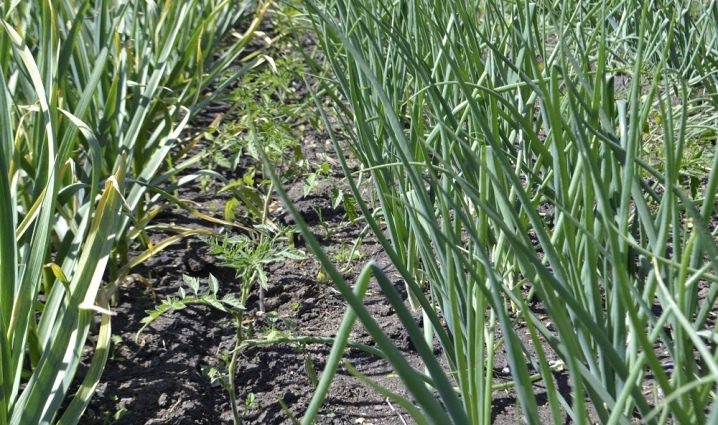
In addition, both plants are planted at almost the same time and have the same ripening period, so if there is a small area, this can create problems for development. If, nevertheless, a decision is made to plant these crops nearby, then you need to do this at a distance of at least 20 cm, and also closely monitor that there are no diseases in the planting material.
Very often, garlic is planted near strawberries, and with a competent approach, they can become friendly neighbors. Both crops benefit from this solution, since garlic is the natural protector of strawberries from any pests and fungal growth. This culture will not only be able to reliably scare away insects, but will also prevent the development of a number of infectious diseases, to which strawberries are often exposed.
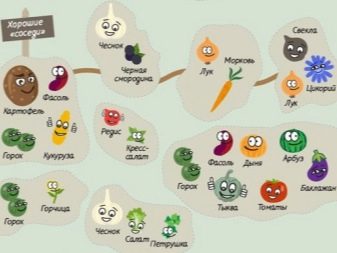

The only problem is that both crops are quite hygrophilous, so it will be necessary to water the beds on an ongoing basis. Garlic will also have a fairly good harvest if strawberries are blooming nearby.
Garlic does quite well alongside some legumes. After them, it grows quite well in the garden, but it is better to avoid neighborhoods with some. For example, summer residents do not recommend planting beans or peas next to garlic, which simply cannot cope with the presence of such a neighbor. These vegetable crops are unable to get along with each other, as a result of which they will constantly get sick, which will negatively affect the yield.

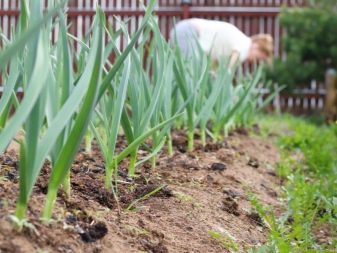
Mixed planting is quite beneficial for garlic, as it makes it possible to ensure that it has all the necessary nutrients for active growth. In addition, mixed cultivation allows the gardener to cultivate several crops at once, using a proven scheme.
The main advantage of such plantings is that each crop performs its predetermined function, providing protection to the other. Garlic wins no matter what is in the neighborhood. The only limitation is that it is best not to plant peanuts or lentils next to the garlic. These crops cannot develop and bear fruit normally if there is a similar neighbor nearby, which will negatively affect the final yield.
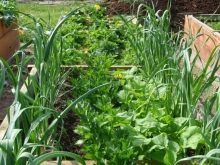

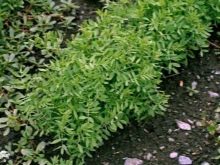
But with raspberries, currants and other similar crops, garlic feels very good, has a positive effect on them and improves the yield. And all this despite the fact that each culture has its own needs for water.
In the process of planting garlic next to other crops, it is imperative to follow the scheme. Plants in no way should interfere with each other getting enough sunlight, therefore, the height of each crop, as well as the presence of additional layers, should be taken into account.


The main crop should always be placed one level higher than the compactor.
Thanks to this, you can guarantee the most favorable conditions for the root system, which is extremely important for obtaining all the necessary nutrients. In addition, this allows you to get the required amount of direct sunlight, without which it is impossible to ensure the growth of any culture.
The main disadvantage is that growing garlic alongside other plants at the same time is a rather difficult planting method. To do this, you must have some knowledge of all the crops that will be used, their properties and collection characteristics.
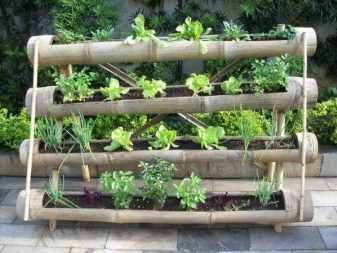

That is why it is better for novice summer residents not to risk using such planting methods, because an illiterate approach can negate all efforts and cause crop loss.
Thus, due to its unique properties and unpretentiousness, garlic is an ideal crop for joint cultivation with other plants. To achieve optimal results, it is necessary to take into account the peculiarities of planting, growing and harvesting each crop, so that good yields can be achieved. Planting garlic near strawberries or in the aisle with cucumbers and tomatoes is considered the most optimal.
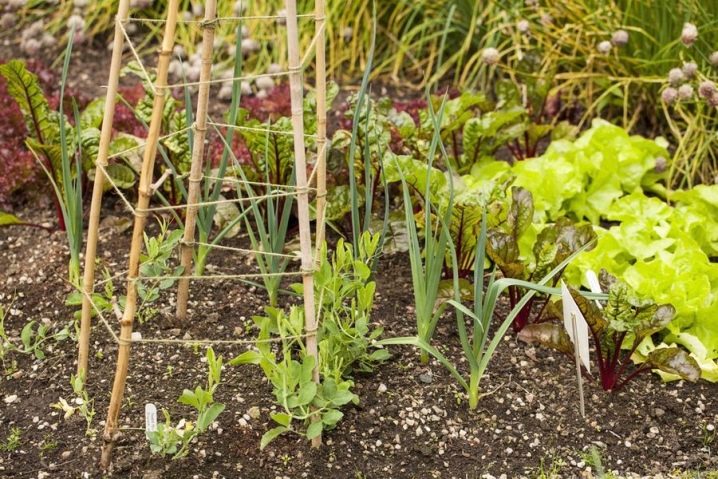













The comment was sent successfully.